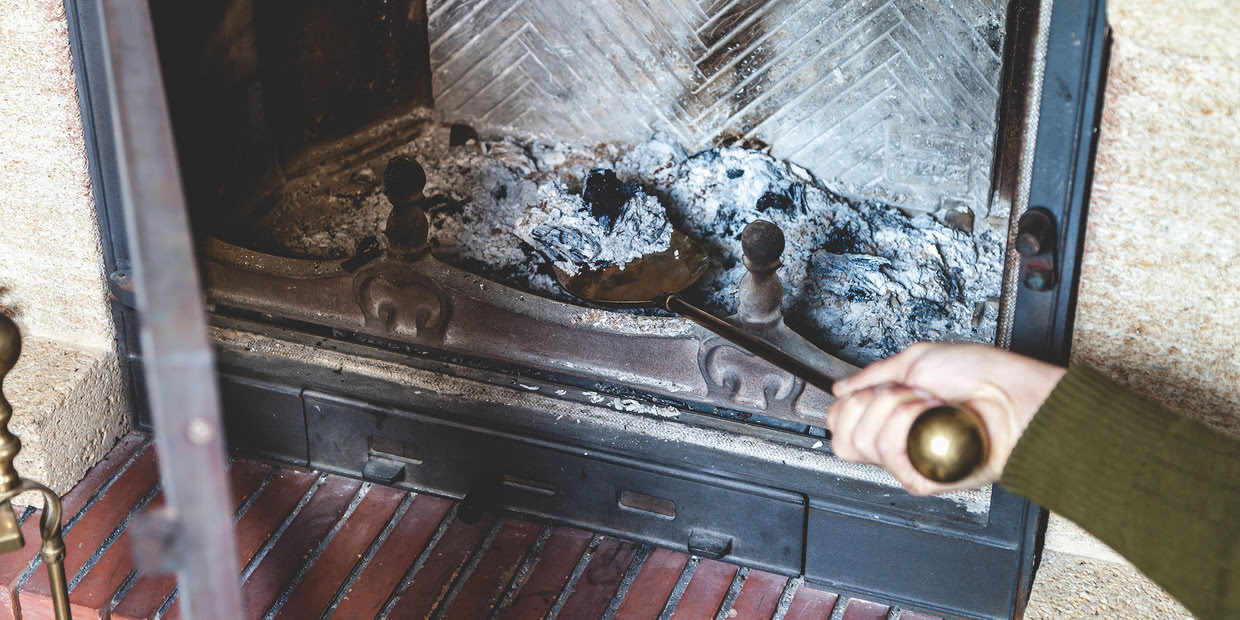

Articles
How Often Should You Clean Your Fireplace
Modified: October 18, 2024
Discover how often you should clean your fireplace with our informative articles. Keep your home safe and cozy by following our expert guidelines.
(Many of the links in this article redirect to a specific reviewed product. Your purchase of these products through affiliate links helps to generate commission for Storables.com, at no extra cost. Learn more)
Introduction
Welcome to the guide on how often you should clean your fireplace. As a homeowner, it is important to understand the frequency at which your fireplace should be cleaned to ensure its optimal performance and safety. Regular maintenance and cleaning not only improve the efficiency of your fireplace but also prevent potential hazards such as chimney fires and carbon monoxide leaks.
Before we dive into the specifics of fireplace cleaning, it’s important to note that the frequency of cleaning may vary depending on several factors, such as the type of fireplace you have, the fuel you use, and how often you use your fireplace. Let’s explore these factors in more detail:
Key Takeaways:
- Regular chimney inspections and cleaning are essential for maintaining a safe and efficient fireplace. Factors like fuel type, frequency of use, and signs of buildup determine the cleaning schedule.
- Proper cleaning techniques, annual inspections, and prompt attention to signs of buildup ensure a well-functioning and safe fireplace. Regular maintenance enhances performance and longevity, providing peace of mind for homeowners.
Read more: How Often Should You Clean Your Rugs
Factors Affecting Fireplace Cleaning Frequency
Several factors can influence how often you should clean your fireplace. Understanding these factors is crucial in determining the appropriate cleaning schedule for your specific fireplace. Here are the key considerations:
- Type of fireplace: The type of fireplace you have – whether it’s a wood-burning fireplace or a gas fireplace – plays a significant role in determining the frequency of cleaning. Different types of fireplaces produce varying levels of creosote buildup and debris.
- Type of fuel: The type of fuel you use can also impact how often your fireplace needs to be cleaned. Wood-burning fireplaces produce more residue, including creosote, ash, and soot, which requires regular cleaning. Gas fireplaces, on the other hand, produce fewer byproducts, but they still require cleaning to maintain their efficiency and safety.
- Frequency of use: How often you use your fireplace is another factor to consider. If you frequently enjoy the warmth and ambiance of a fire, your fireplace will accumulate debris at a faster rate and may require more frequent cleaning.
- Location: The location of your home can also impact fireplace cleaning frequency. For example, homes located near wooded areas might have a higher incidence of creosote buildup due to increased exposure to organic materials.
- Age of the chimney: Older chimneys may have deteriorating liners or structural issues that can increase the risk of debris buildup. In such cases, regular inspections and cleaning may be necessary to ensure the safety of your fireplace.
By considering these factors, you can determine the appropriate cleaning frequency for your fireplace. In the following sections, we will discuss the recommended cleaning schedules for wood-burning and gas fireplaces separately.
Frequency for Wood-Burning Fireplaces
Wood-burning fireplaces require regular cleaning to remove creosote, soot, and ash buildup. Creosote, a flammable substance that forms when wood burns, can accumulate on the walls of the chimney and increase the risk of chimney fires. Therefore, it is crucial to establish a proper cleaning schedule to maintain the safety and efficiency of your wood-burning fireplace.
As a general guideline, it is recommended to have your wood-burning fireplace inspected and cleaned at least once a year by a professional chimney sweep. However, the actual cleaning frequency may vary depending on how often you use your fireplace and the type of wood you burn.
If you use your wood-burning fireplace infrequently, such as only during the colder months, an annual cleaning should suffice. On the other hand, if you use your fireplace more frequently, such as multiple times a week or year-round, it is advisable to have it cleaned and inspected twice a year or every six months.
It’s important to note that burning certain types of wood, such as softwoods like pine, can lead to faster creosote buildup. In such cases, more frequent cleaning may be necessary to ensure the safety of your fireplace.
Additionally, it is a good practice to regularly check your fireplace for any signs of excessive creosote buildup or other issues that may require immediate attention. This includes inspecting the chimney cap, damper, and flue for any blockages or obstructions.
By adhering to a regular cleaning schedule and being vigilant about maintenance, you can enjoy the warmth and comfort of your wood-burning fireplace while minimizing the risk of chimney fires and other potential hazards.
Frequency for Gas Fireplaces
Gas fireplaces are a popular choice among homeowners due to their convenience and ease of use. While gas fireplaces produce fewer byproducts compared to wood-burning fireplaces, they still require regular cleaning and maintenance to ensure optimal performance and safety.
For gas fireplaces, it is generally recommended to have them inspected and cleaned annually by a professional technician. This inspection ensures that the gas fireplace is functioning properly, and any potential issues can be addressed before they become major problems.
In addition to the annual inspection, there are some routine maintenance tasks that you can perform to keep your gas fireplace in good condition. These include:
- Cleaning the glass: The glass front of your gas fireplace can accumulate dust, dirt, and soot over time. It is recommended to clean the glass regularly using a non-abrasive glass cleaner to maintain its clarity and aesthetic appeal.
- Checking for debris: Periodically inspect the burner and logs for any debris or dust buildup. Use a soft brush or vacuum cleaner to remove any dirt or debris that may obstruct the flame or affect the efficiency of your gas fireplace.
- Inspecting the pilot light: Check the pilot light to ensure it is burning consistently and the flame is a steady blue color. If you notice any irregularities, such as a weak or flickering flame, contact a professional technician to have it inspected and serviced.
- Testing carbon monoxide detectors: Gas fireplaces can produce carbon monoxide gas, which can be harmful if not properly ventilated. Regularly test your carbon monoxide detectors to ensure they are functioning correctly and replace the batteries if needed.
Following these maintenance practices and scheduling an annual inspection will help keep your gas fireplace operating safely and efficiently. If you notice any unusual odors, strange noises, or issues with the flame, it is important to contact a qualified technician for a professional evaluation.
While gas fireplaces generally require less frequent cleaning compared to wood-burning fireplaces, regular maintenance and inspections are key to extending the lifespan of your gas fireplace and ensuring its continued safe operation.
It is recommended to clean your fireplace at least once a year to remove built-up creosote and soot, which can cause chimney fires. If you use your fireplace frequently, consider cleaning it more often.
Importance of Regular Chimney Inspections
Regular chimney inspections are crucial for the proper maintenance and safety of your fireplace. While cleaning is an essential part of fireplace maintenance, inspections provide a comprehensive assessment of the chimney’s condition and identify any potential issues that may require attention. Here are some reasons why regular chimney inspections are important:
- Identifying chimney damage: A thorough inspection can help identify any damage to the chimney structure, such as cracks, loose bricks, or deteriorating mortar. Catching these issues early on allows for timely repairs, preventing further damage and ensuring the structural integrity of the chimney.
- Detecting creosote buildup: Creosote, a byproduct of wood-burning, can accumulate in the chimney lining. Excessive creosote buildup can increase the risk of chimney fires. During an inspection, a professional chimney sweep can assess the level of creosote buildup and recommend appropriate cleaning measures.
- Checking for blockages: Birds’ nests, leaves, and other debris can obstruct the chimney, preventing proper ventilation and increasing the risk of carbon monoxide buildup. A chimney inspection can identify and remove any blockages, ensuring the safe operation of your fireplace.
- Evaluating chimney lining: The chimney lining plays a crucial role in directing heat and smoke safely out of your home. Regular inspections help evaluate the condition of the chimney lining and identify any signs of deterioration or damage that may compromise its effectiveness.
- Ensuring proper ventilation: Adequate ventilation is essential for the efficient and safe operation of your fireplace. An inspection can confirm that the chimney and flue are clear and functioning correctly, allowing smoke and gases to escape properly.
Regular chimney inspections should be performed by certified professionals who have the expertise and knowledge to identify potential issues and address them accordingly. By investing in regular inspections, you can address any problems early on, potentially saving you from costly repairs and ensuring the safety of your home and loved ones.
Remember, even if you have a gas fireplace, it is still advisable to have regular chimney inspections to ensure proper ventilation, functioning of the flue, and overall safety of the system.
Read more: How Often Should You Clean Your Blinds
Signs that Your Fireplace Needs Cleaning
While having a regular cleaning schedule for your fireplace is important, there are certain signs that indicate immediate cleaning is necessary. If you notice any of the following signs, it’s a clear indication that your fireplace needs cleaning:
- Excessive soot buildup: If you notice a thick layer of black, powdery residue on the interior walls of your fireplace, it is a sign that there is a substantial soot buildup. This indicates the need for a thorough cleaning to prevent potential chimney fires.
- Strong odor: If you detect a strong, unpleasant odor coming from your fireplace, it may be due to accumulated debris, animal droppings, or creosote buildup. Cleaning the fireplace will help eliminate the odor and improve the air quality in your home.
- Smoke backing up into the room: If you experience smoke entering your living space instead of venting out through the chimney, it could be due to a blocked chimney or flue. This blockage needs to be cleared promptly to prevent the risk of carbon monoxide poisoning and smoke damage.
- Difficulty starting or maintaining a fire: If you find it increasingly challenging to start a fire or keep it burning, it may be a result of debris, ash, or creosote buildup obstructing airflow. Cleaning the fireplace will help improve airflow, ensuring a more efficient and successful fire.
- Burning wood produces a sizzling sound: If you hear a sizzling or crackling sound when burning wood in your fireplace, it could indicate the presence of excess moisture or debris. Cleaning the fireplace will eliminate these obstructions and prevent potential fire hazards.
It’s essential to address these signs promptly and have your fireplace cleaned by a professional chimney sweep. Attempting to clean your fireplace yourself without the necessary equipment and expertise can be risky and may not provide the thorough cleaning needed.
Remember, regular cleaning and maintenance not only ensure the optimal performance of your fireplace but also contribute to the safety and longevity of the entire system. By being vigilant and responsive to the signs that your fireplace needs cleaning, you can enjoy a well-functioning and safe fireplace for years to come.
Proper Fireplace Cleaning Techniques
When it comes to cleaning your fireplace, it is crucial to follow proper techniques to ensure thorough cleaning and minimize any potential risks. Here are some guidelines for cleaning your fireplace:
- Ensure safety precautions: Before beginning the cleaning process, ensure that your fireplace has completely cooled down to avoid any burns or injuries. It’s also important to wear protective gloves and goggles to protect yourself from soot and debris.
- Remove ashes and debris: Start by removing any remaining ashes and large debris using a fireplace shovel or a metal scoop. Place these ashes in a metal bucket with a secure lid to reduce the risk of accidental fires. Dispose of the ashes safely, following local regulations.
- Clean the fireplace interior: Use a stiff-bristle brush or a chimney brush to scrub the interior walls of the fireplace, focusing on areas with soot and creosote buildup. Gently sweep the debris towards the fireplace opening, ensuring that it falls onto a drop cloth or a plastic sheet for easy cleanup.
- Clean the fireplace accessories: Wipe down and clean the fireplace accessories, such as grates and fireplace tools, using a mild cleaning solution and a cloth. Make sure to dry them thoroughly before placing them back in the fireplace.
- Inspect the chimney cap and damper: Take the time to inspect and clean the chimney cap and damper. Ensure that they are functioning properly, free from debris, and not obstructed. This will facilitate proper ventilation and prevent blockages.
- Hire a professional for thorough cleaning: While basic cleaning and maintenance can be done by homeowners, it is advisable to hire a professional chimney sweep for a thorough cleaning at least once a year. Professionals have the necessary equipment and expertise to perform a comprehensive cleaning, inspect the chimney, and address any potential issues.
Remember, proper fireplace cleaning techniques not only ensure a clean and well-maintained fireplace but also reduce the risk of chimney fires, carbon monoxide leaks, and other hazards. If you are unsure about any aspect of cleaning your fireplace, it is always best to consult or hire a professional to ensure safety and efficiency.
Conclusion
Maintaining a clean and well-functioning fireplace is essential for both the aesthetics and safety of your home. Regular cleaning, along with proper maintenance and inspections, ensures that your fireplace operates efficiently and reduces the risk of potential hazards, such as chimney fires and carbon monoxide leaks.
When determining the frequency of fireplace cleaning, consider factors like the type of fireplace, the fuel used, and how often it is used. Wood-burning fireplaces should be inspected and cleaned at least once a year, with more frequent cleaning if used extensively or burning certain types of wood. Gas fireplaces require annual inspections and routine maintenance to ensure proper ventilation and functionality.
Regular chimney inspections are equally important, as they help identify any chimney damage, creosote buildup, blockages, or issues with ventilation. Timely inspection and cleaning contribute to the longevity and safety of your fireplace system.
Signs such as excessive soot, strong odors, smoke backup, difficulty in maintaining a fire, or crackling sounds indicate the need for immediate cleaning. It’s crucial to address these signs promptly and hire a professional chimney sweep for thorough cleaning and maintenance.
When cleaning your fireplace, follow proper techniques like safely removing ashes and debris, scrubbing the interior walls, inspecting the chimney cap and damper, and hiring professionals for comprehensive cleaning when needed.
In conclusion, regular cleaning and maintenance of your fireplace not only enhance its performance and longevity but also provide peace of mind, knowing that your fireplace is safe to use. So take the time to properly clean and maintain your fireplace to enjoy its warmth, ambiance, and beauty for years to come.
Frequently Asked Questions about How Often Should You Clean Your Fireplace
Was this page helpful?
At Storables.com, we guarantee accurate and reliable information. Our content, validated by Expert Board Contributors, is crafted following stringent Editorial Policies. We're committed to providing you with well-researched, expert-backed insights for all your informational needs.
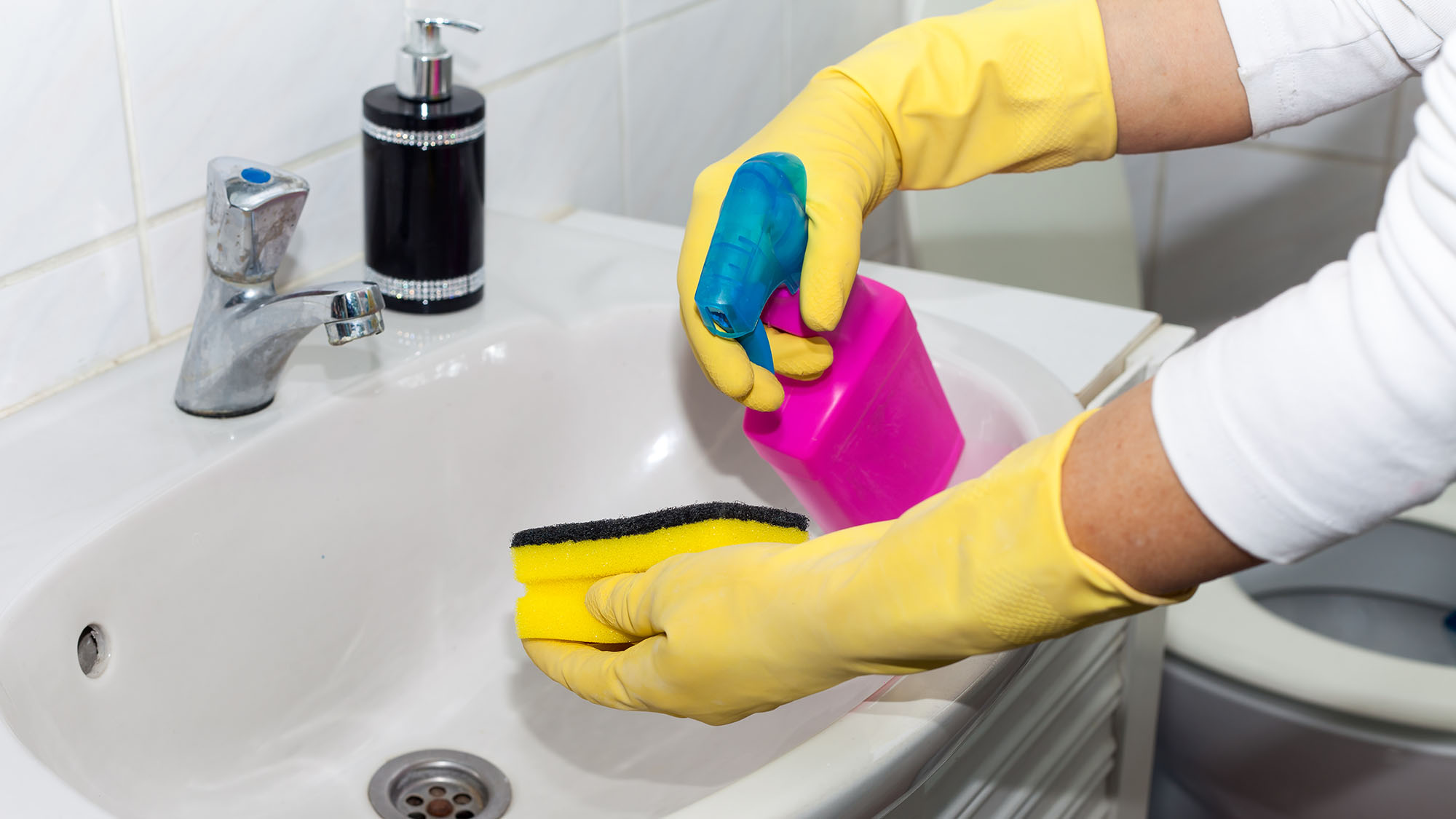
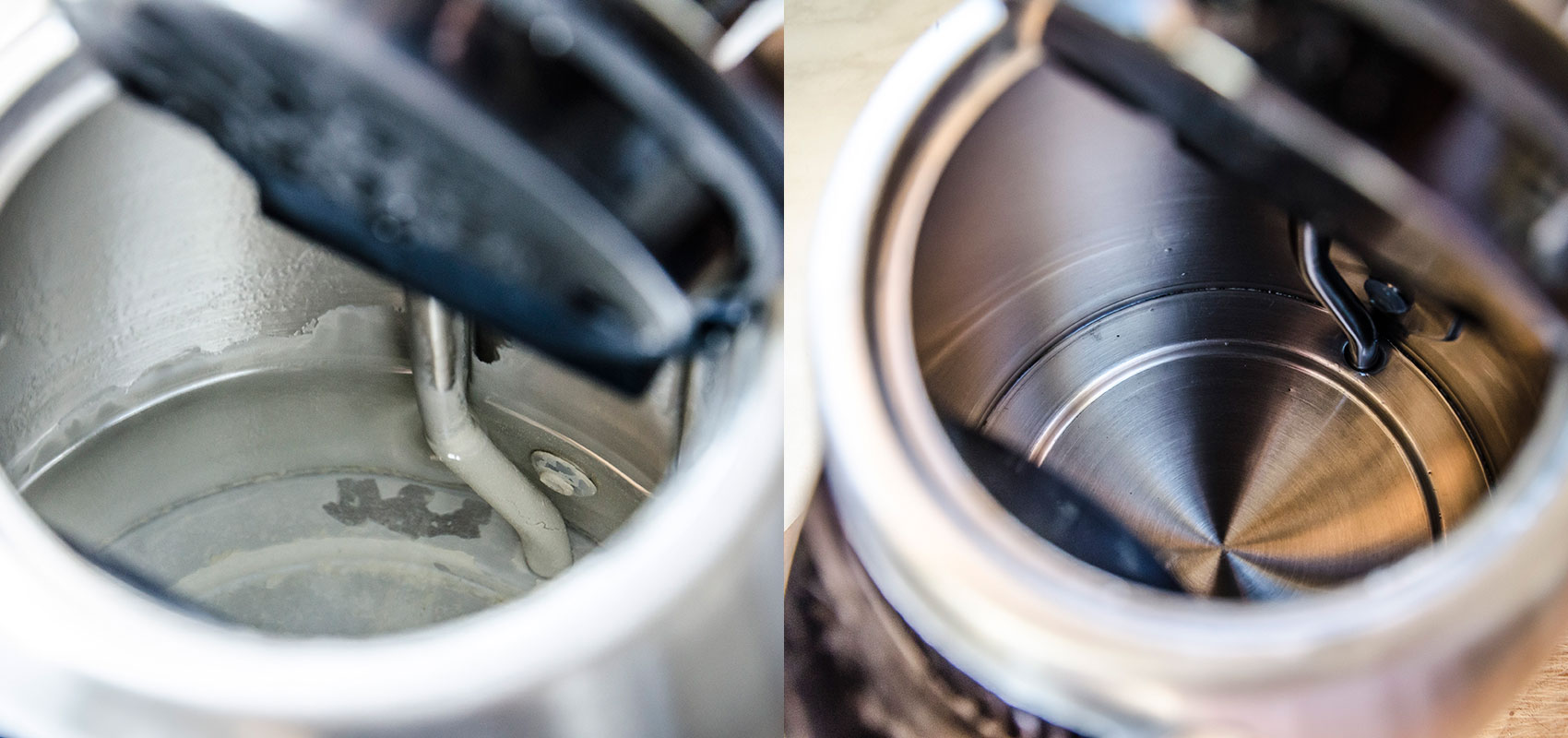
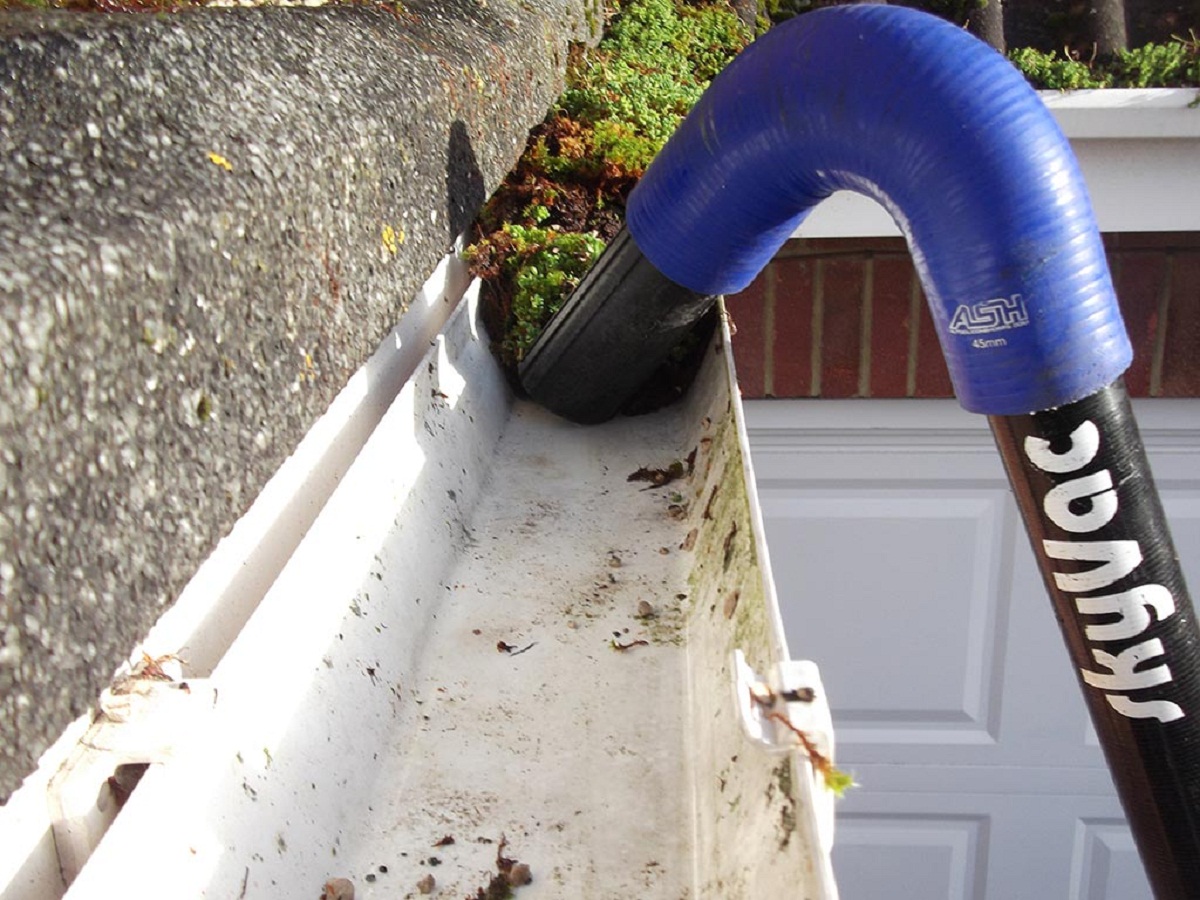
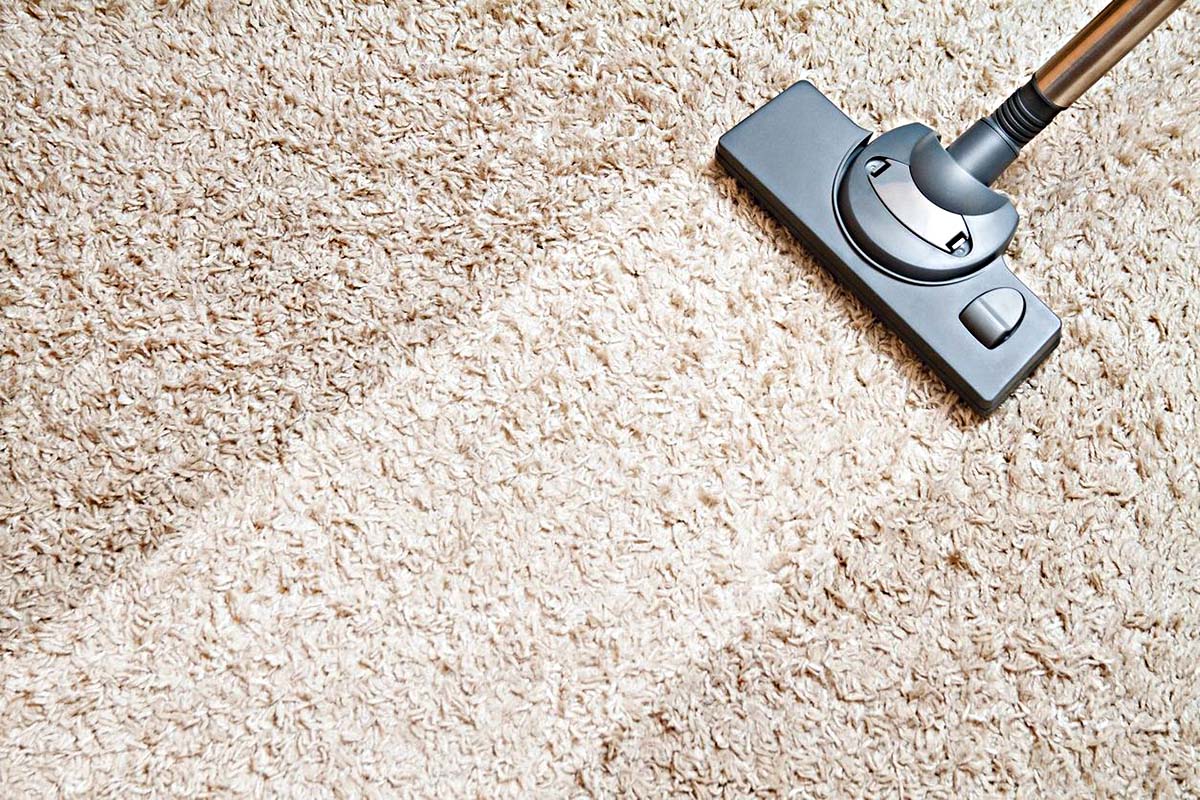
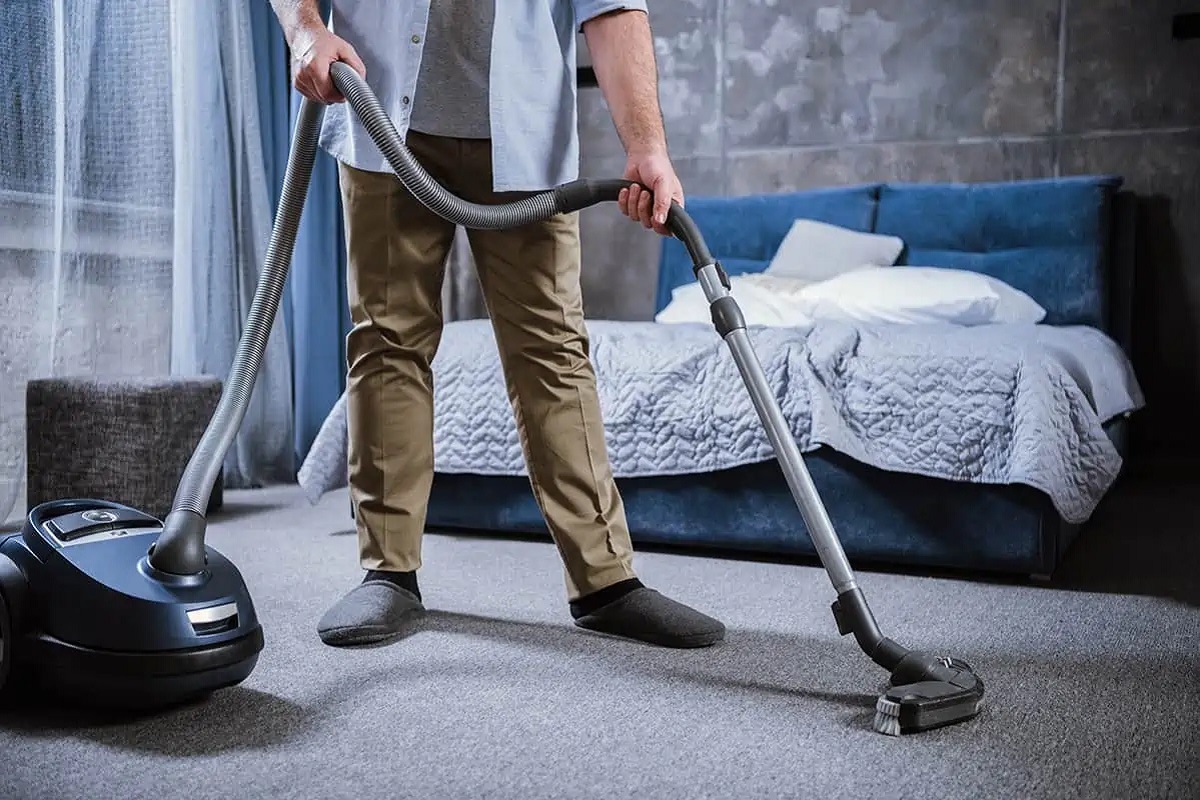

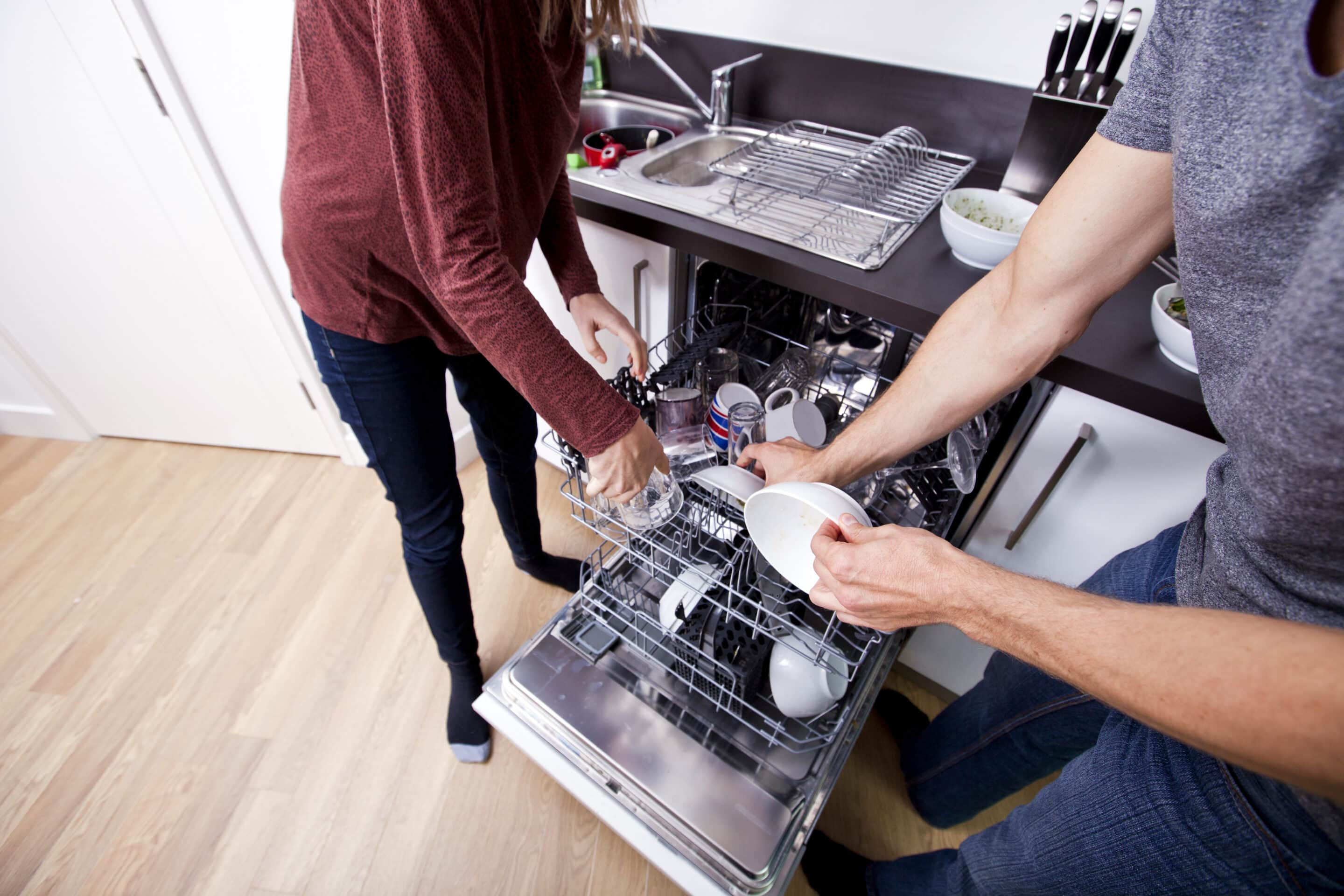
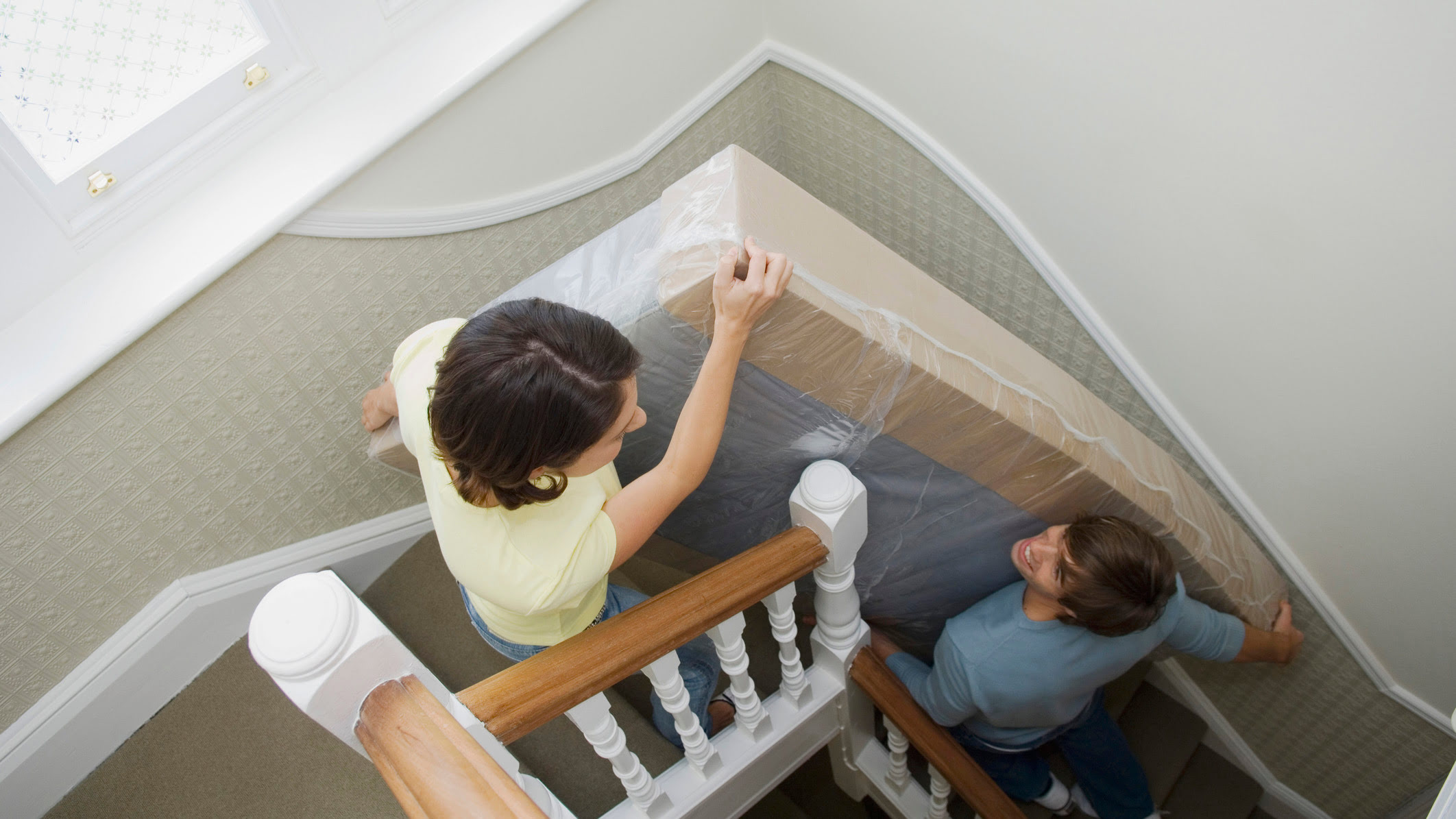
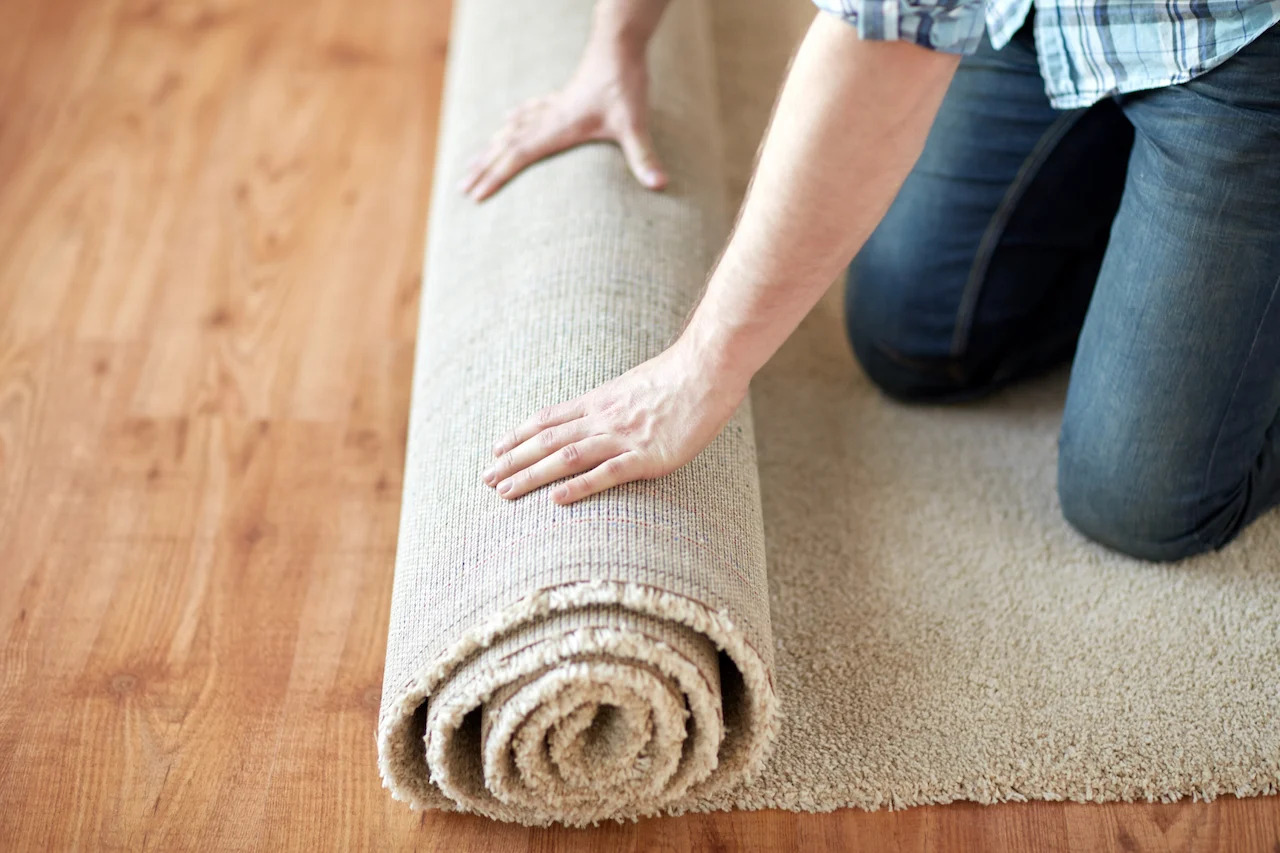
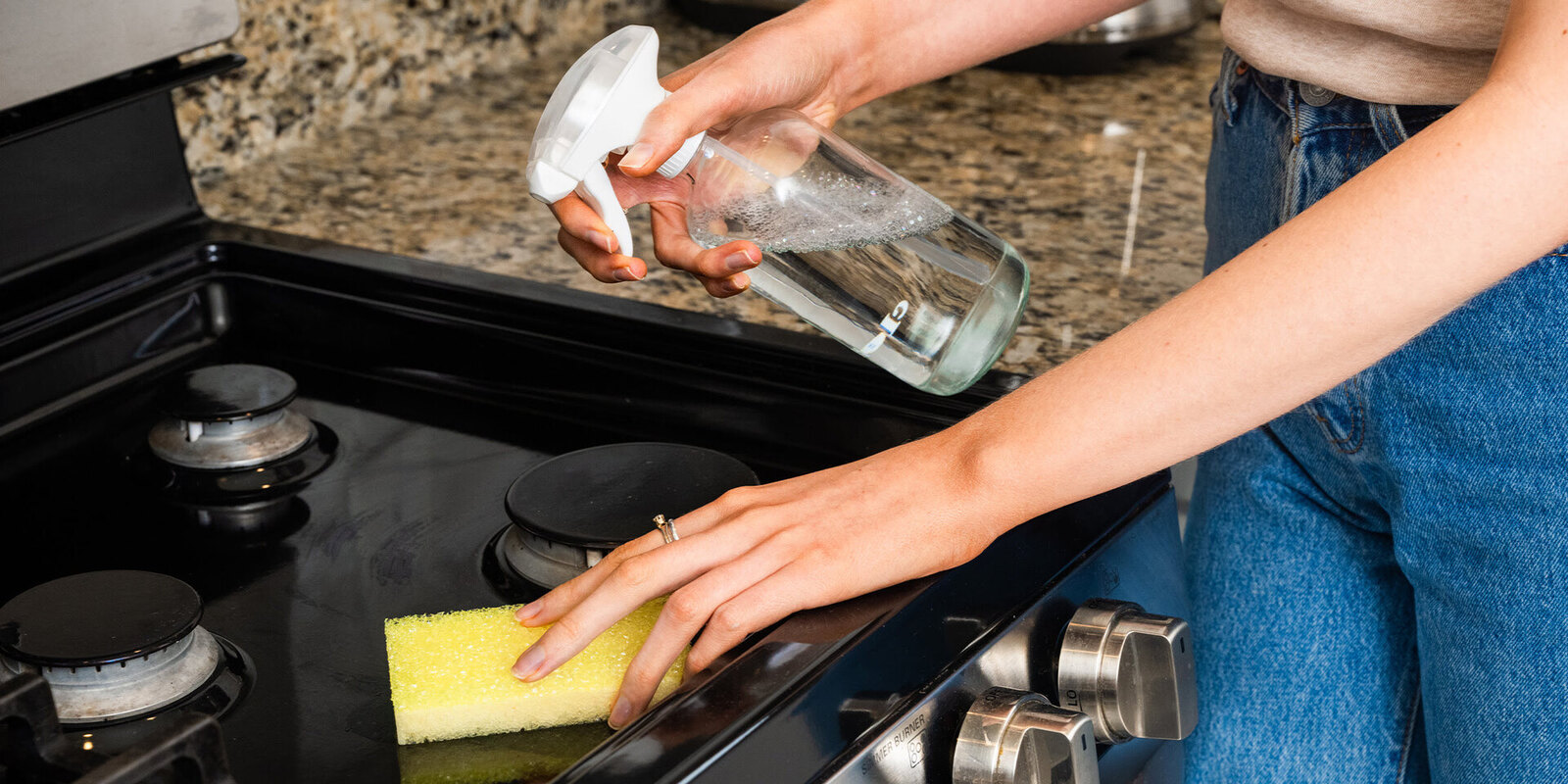
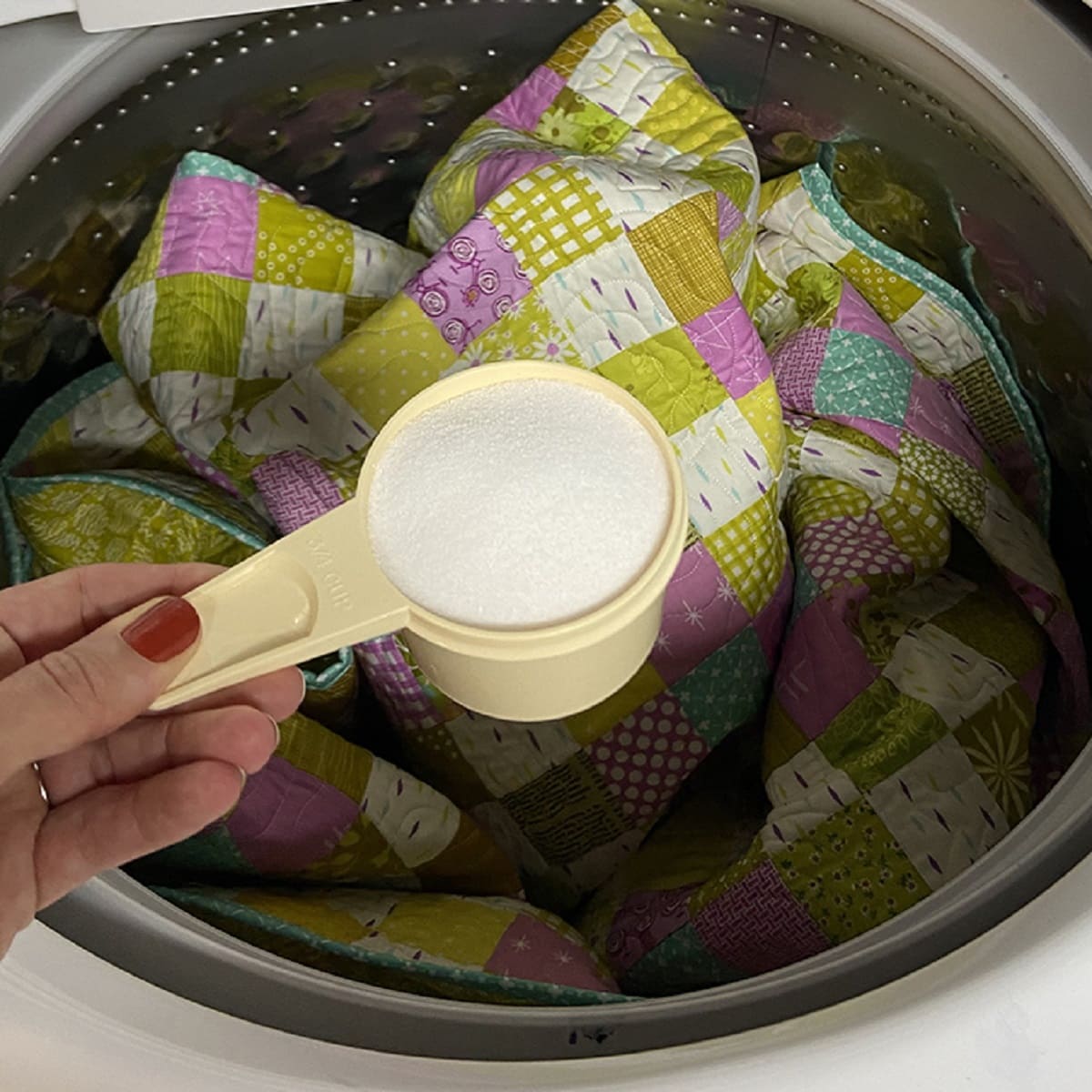
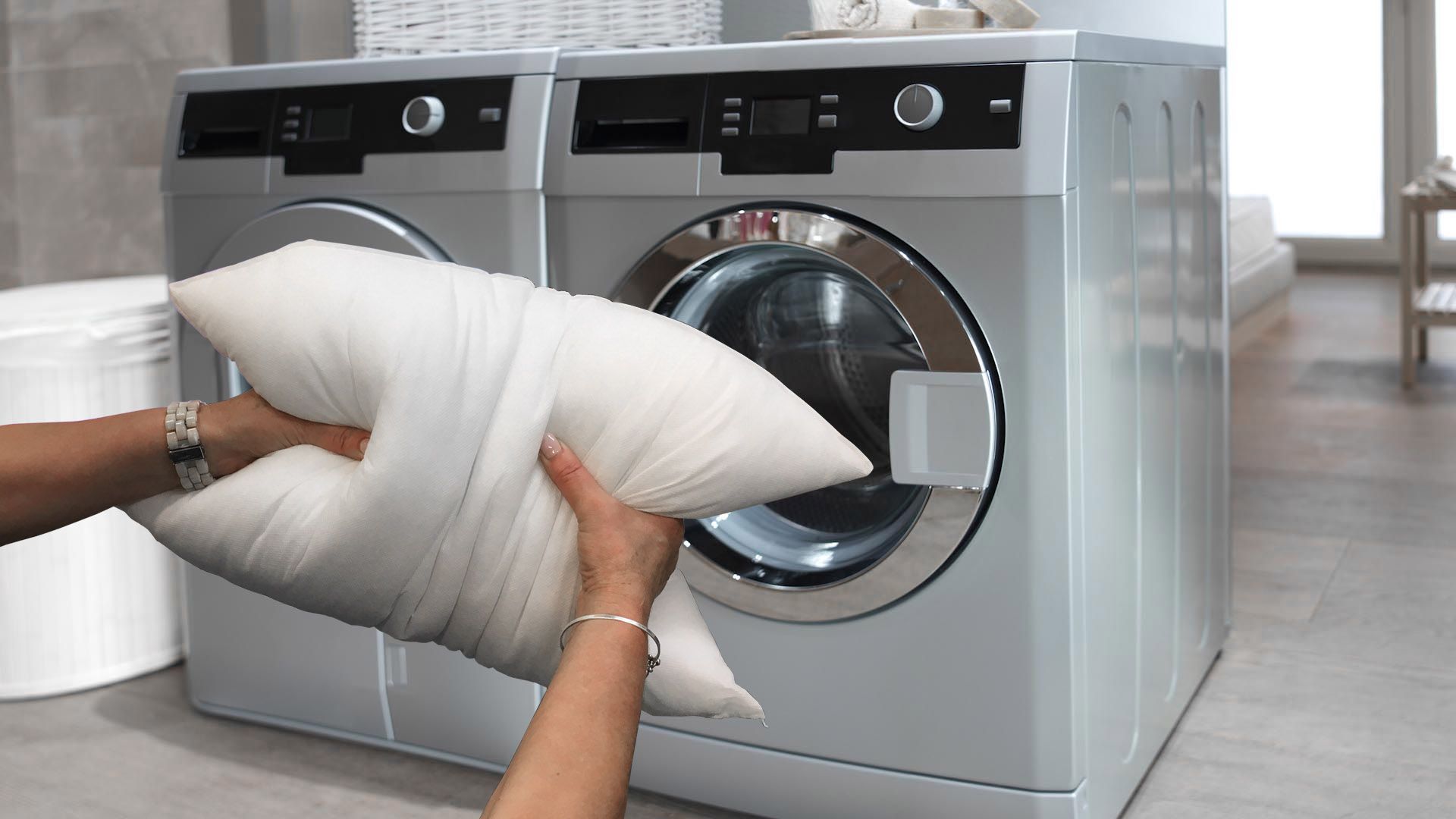
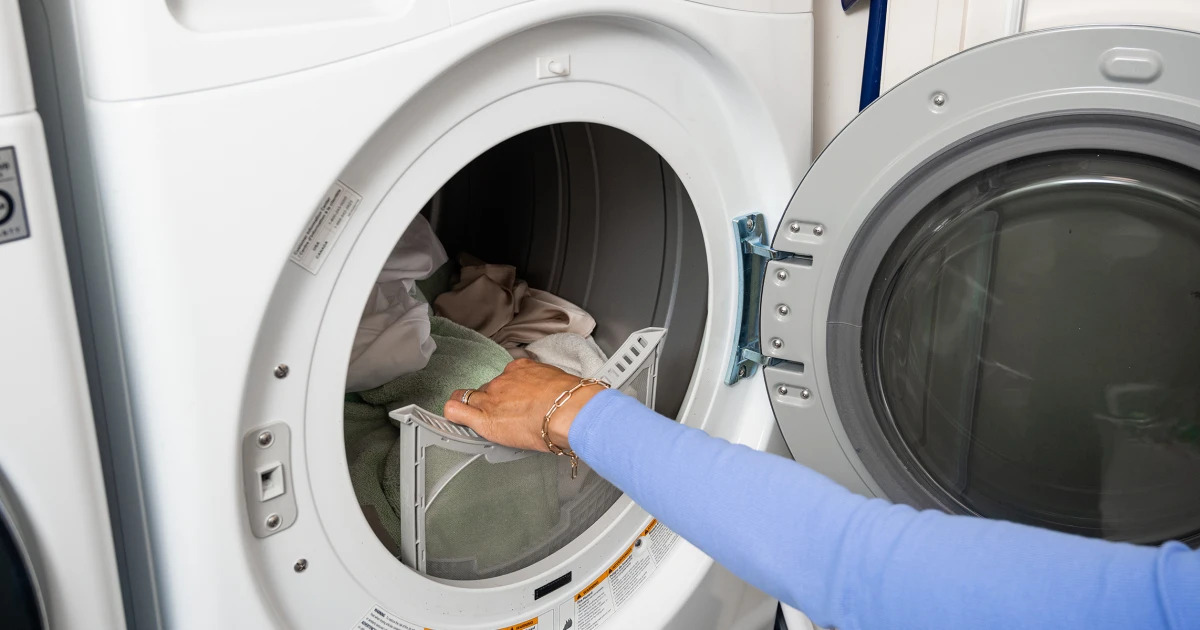


0 thoughts on “How Often Should You Clean Your Fireplace”